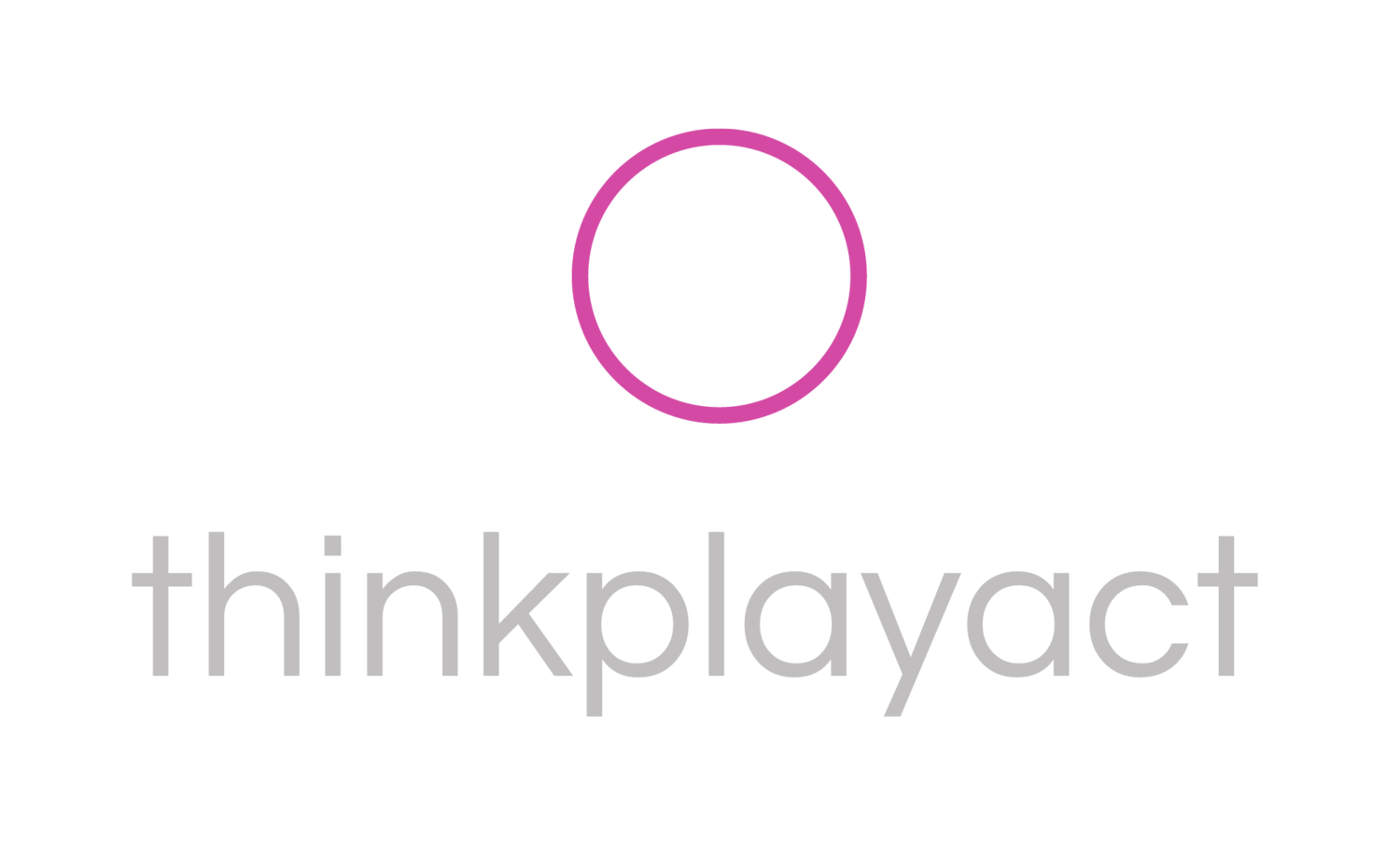In my engagement with CEO groups and leadership teams I’ve found there to be few CEOs for whom innovation is not a priority. Yet despite business smarts, good intentions and a committed team behind them, leaders often find themselves wrestling to find and execute the right ideas for growth.
Many leaders speak of placing enormous pressure upon both themselves and their teams as they pursue an innovation agenda. Many share a story of relentlessly pursuing innovation only to find the strategic conversations becoming bogged down and the ideas becoming increasingly complex. Subsequently teams feel overwhelmed by the task and the process breaks down. Disheartened teams turn their focus back to operations – where organisational knowledge and competence historically lies.
So why is innovation so hard? And why do so many committed leaders and teams find themselves running out of steam and abandoning their innovation efforts?.
One day, whilst discussing this problem with a client I noticed as he talked about his team’s innovation agenda he directed his gestures and eyes to the far corner of the room – as if pointing to a far horizon. It finally dawned on us – perhaps the reason innovation was so difficult was because we were focusing on far horizons: too far away from our business.
I think we too often speak of innovation in abstract terms believing that innovation is about searching for completely new ideas. As a result a team may come to perceive innovation as an Odyssean journey to far distant shores.
I have come to learn that far from being located on distant shores, innovative ideas and great discoveries – the ones that transform your business and create growth – are generally right in front of you.
Reframe what you know
Innovation is sparked not by new knowledge but by reframing what you already know. Often there is little need – at least initially - to go in search of new data. Instead innovation is about observing with open eyes and mind what is currently going on in your business, your industry, for your customers and the world at large and then reframing that data to gain new insights.
Reframing is not unlike a stereogram, where you look directly at a picture and shift your focus until the 3D picture is revealed. The picture itself doesn’t change, but what you see within it does.
So how do you reframe? You do so by looking beyond the assumptions and biases about your business, your customers and the industry in which you compete. We unaware of our assumptions and biases because they are firmly grounded in past experience and adopted as fact. As such identifying your personal and corporate assumptions requires practice and focus. I think this is where innovation frameworks and tools can prove valuable. Frameworks and tools won’t of themselves create innovation; but they will guide strategic conversations helping you and your team to look beyond your shared assumptions to see new pictures in the ‘data’.
Using tools to reframe
A really effective and simple innovation tool that I often use (and that you can easily do yourself) is to ask teams to list all their assumptions about an aspect of your business (eg: a specific product or service that you offer). List all the assumptions you can think of: the product/service features; how it’s priced; channels to market, etc.
Now, it’s not quite as easy as it seems because our deepest assumptions can be hard to detect. For example hotel owners will often not realise that a key assumption they hold is that a hotel requires a building (Airbnb has successfully debunked that assumption).
I’ve found that once teams develop a skill for detecting their assumptions, they can then move on to reframing their products and business models by eliminating, scaling or re-imagining those assumptions. I’ve been amazed to see where teams can land after they’ve worked on a simple tool like this for an hour.
So next time you or your team find that the innovation process is getting too hard, my suggestion is to gather the team and start by listing all the beliefs and assumptions you have about your business, your industry and your customers. And then start a reframing process to see if new insights and ideas come to the surface. Stick with long enough and they are sure to do so.
Innovation, as you will find is not that far away. In fact it’s right here in front of you. You don’t need to go anywhere. Just get your thoughts together, along with paper, markers, post-it notes and a few willing colleagues and you’re set.
And leave the Odyssean journey to Ulysses




